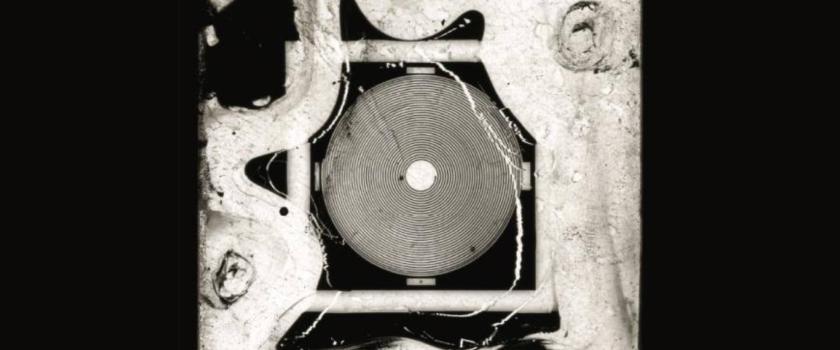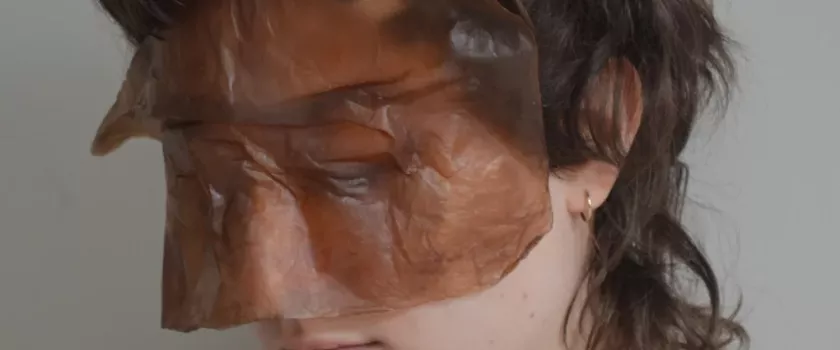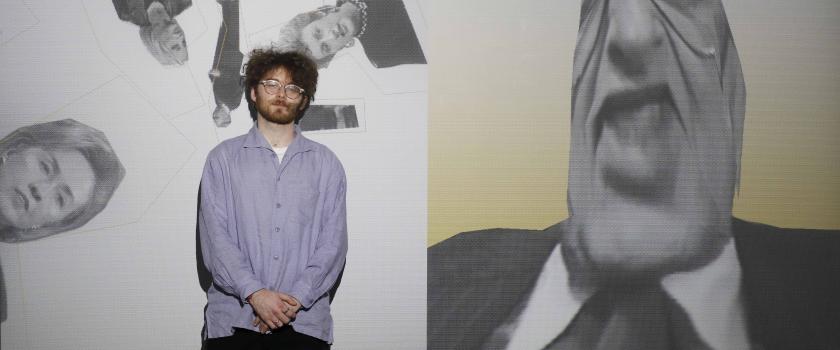My presentation introduces the Budapest based Artpool Art Research Center’s activities in preserving and presenting experimental forms of art (fluxus, mail art, conceptual art, performance, visual poetry, sound art, fax art, etc.) from the sixties on, in the context of the developments of new electronic and digital technologies.
Collecting artworks and documents related to ephemeral art practices has been an essential focus of Artpool since its establishment in 1979. It initiated and organized several projects reflecting on the approaches of new technologies. The series of Artpool Radio cassettes of 1983-87 included sound documents of the underground art scene and sound materials from the international network. The international telecommunication project Telephone concert Budapest–Vienna–Berlin organized by Robert Adrian X and Artpool in 1983 was followed in 1993 by the electronic communication happening Danube Connection, combining the medium of fax, picture phone, video, telephone and performance. The first fax action realized by Artpool in 1992 connected artists from around the world within the frameworks of the Decentralized World-wide Networker Congress Budapest Session. The audiovisual materials generated, collected or documented by Artpool not only became part of the archive’s collection, but – based on the “active archive” concept – they have been circulating in publications, events and exhibitions conceptualized by Artpool up to this day. Artpool’s website – created in 1995 by the founder György Galántai as part of his artistic and curatorial practice – also serves as a reflection on the developments of new technologies, and at the same time presents artworks and documents from the archive’s collection.
Along with Artpool’s integration into the Museum of Fine Arts in Budapest in 2015, the archival materials became part of the museum’s collection, therefore also requiring the adaptation of new strategies in preserving and presenting the available materials, including performance videos, audio recordings, webpages, sound installations, etc. This paper aims to present Artpool’s strategies of making accessible archival materials based on analogue and digital technologies in the last 40 years.
Flóra Barkóczi is an art historian and archivist working at Artpool Art Research Center in Budapest. She studied art history at the Eötvös Loránd University in Budapest, and at the Humboldt Universität in Berlin. After finishing her studies, she worked at Robert Capa Contemporary Photography Center and acb ResearchLab, Budapest. Her research interest includes the avantgarde art scene of the 1960-70s in the East-Central European region, conceptual art, photography and the use of new technologies in art. She is currently working on a research project on internet-based art practices in the 1990s in Hungary. She regularly publishes essays, critiques and reviews in English and Hungarian.


